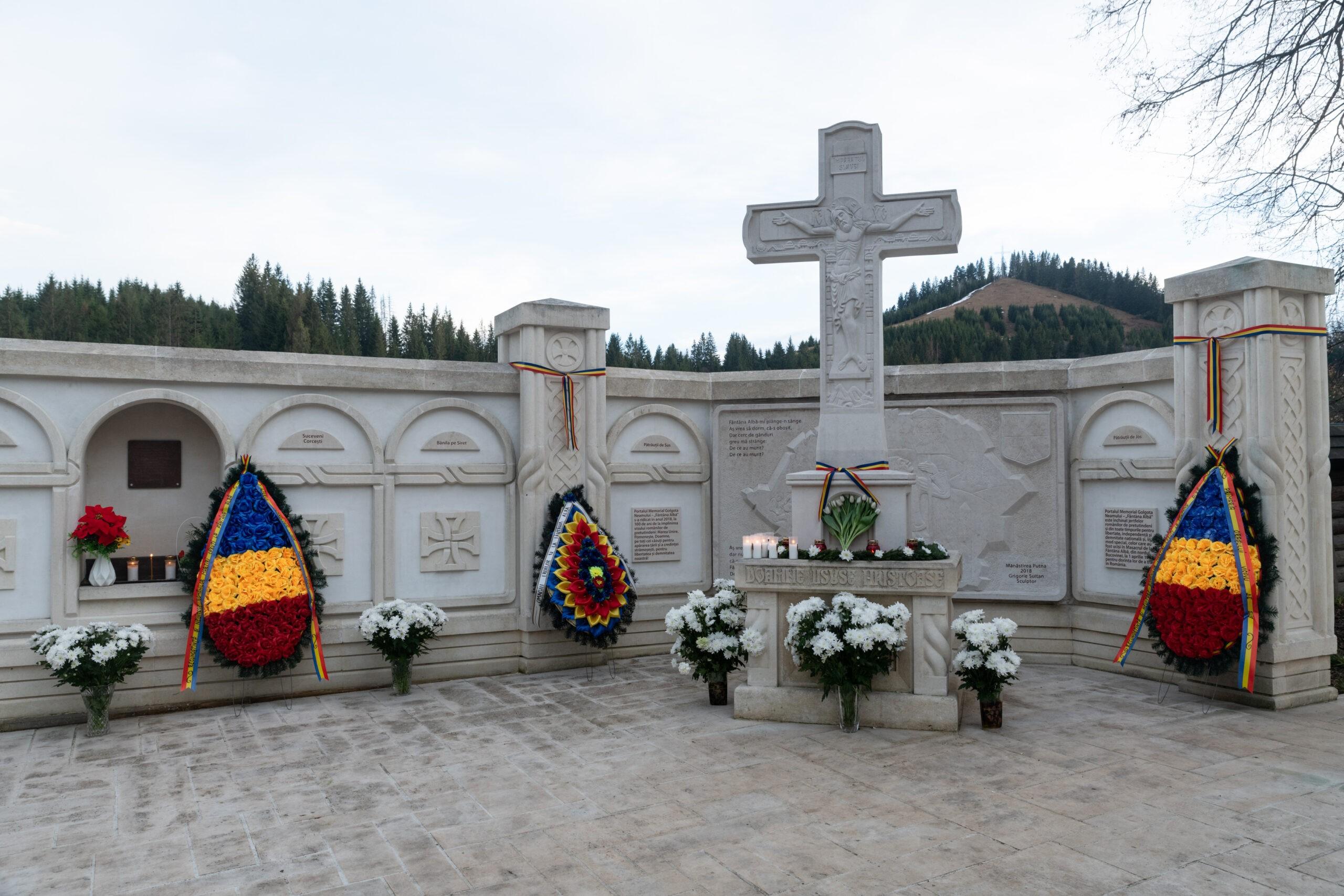















Mass murder
means the mass killing of a large number of people, this action being carried out by the state, a group, or a single person.
• This differs from genocide which is a narrower term where the extermination is directed towards an ethnic or religious group.
•
It is a village in Adâncata district, Chernivtsi regionUkraine.
It is the name of Bucovina, which is currently located in the territory of the Chernivtsi region of Ukraine.
• This territory was occupied on June 28, 1940 by the Soviet Union through an ultimatum addressed to the Romanian state following the Ribentrop-Molotov Pact.
Of the Ribbentrop-Molotov Pact from 1939
In 1940, the USSR occupied Bessarabia, northern Bucovina and Herta Land;
• approximately 3 million Romanians lived on this Romanian territory.
Romanians started crossing the border
they could no longer endure the transgressions of the new masters; they asked to be allowed to return to Romania for the reunification of their families;
• just as Germans and Poles were allowed to return to their countries.
The Soviet authorities reacted: - they strengthened border patrolling;
- they drew up lists of families who had relatives in Romania; - they declared them traitors to the country; - they deported them to forced labor.
- 4o families (105 people) from Suceveni tried to cross the border at Fântâna Albă; - were surprised by Soviet patrols; - they were killed, wounded, captured; - some managed to reach Rădăuți - Romania; - the Soviets decided to deport all the relatives of the 105 people to Siberia.
- 500 Romanians tried to cross into Romania;
- they were surprised, attacked with machine guns, they were killed; - some managed to take refuge, others were arrested; - were sentenced to death, forced labor and loss of civil rights; - the relatives were declared traitors, arrested and deported to Siberia.
The survivors were chased down and cut down with the sword,
the wounded were tied to the horses' tails and taken to the pit:
5 mass graves dug before shooting them - planned.
They were buried alive or dead: children, adults.
Those arrested, after horrific tortures, were taken to the Jewish cemetery,
they were thrown alive into a mass grave, over which slaked lime was poured
Romanians were deported to Siberia and Kazakhstan;
-he created a program to exterminate the Romanian population.
until 1990 by the Soviet authorities and later by the Ukrainian authorities.
After 2000, the Ukrainian authorities allowed the
officiating of a parastas for the rest of Romanians who wanted to live in Romania.
The exact number of deaths from Fântâna Albă is not known even today.
• for the first time, the victims of the massacres in Fântâna Albă, Lunca and other localities in the north of Bucovina were commemorated
The Chamber of Deputies adopted legislative proposal no. 796/2010 whereby: on April 1 • is established as a national Day of honoring the memory of Romanians - victims of the massacres at Fântâna Albă and other areas, of deportations, of starvation and of other forms of repression organized by the totalitarian Soviet regime in Herța Land, northern Bucovina and the whole of Bessarabia
• deputy Eugen Tomac supported the establishment of a Parliamentary Commission for the restoration of the historical truth regarding the massacre at Fântâna Albă on
April 1, 1941





All rights reserved.
No part of this publication may be reproduced, in any form or any means, without permission in writing from the authors.
,,The European Commission is not responsible for any uploaded or submitted content. The content reflects the views only of the European Commission cannot be held responsible for any use which may be made of the information contained therein”

